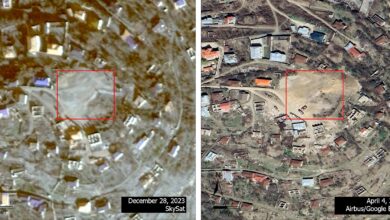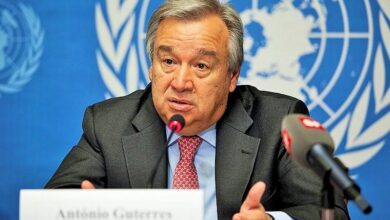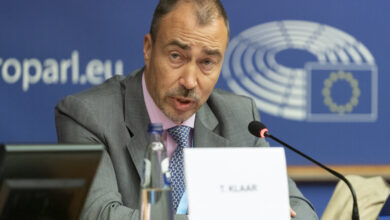
Armenia is banking on renewable energy to boost its energy independence.
Armenia is much sunnier than most of Europe — according to government figures, it receives 1,720 kilowatt hours per square metre of sunlight every year, compared to an average of 1,000 in Europe — solar energy looks to be the most promising.
“To ensure its energy security and independence, Armenia, like any other country, strives to diversify energy sources,” Armenian Deputy Energy Minister Hayk Harutyunyan told AFP.
Within four years, up to eight percent of the country’s energy needs will be covered by renewables, according to the government’s policy paper, “Energy Roadmap.”
The document estimates the country’s potential capacity of solar energy production at up to 3,000 megawatts — enough to meet domestic demand and even make Armenia a net electricity exporter.
Harutyunyan said that a consortium of investors from 10 countries will soon start building a solar plant capable of producing 55 megawatts of electricity.
One of the backers, the World Bank, has earmarked some $60 million for the project, as part of its initiative to reduce global greenhouse gas emissions.
So far, three solar power plants with capacity of one megawatt each have been built across the country and seven more will follow by the end of 2018.
Next year, the headquarters of the Armenian cabinet of ministers will fully switch to solar energy, subsequently followed by all governmental buildings.
In addition to increasing the share of renewables, the Armenian government is seeking to reduce that of natural gas and oil by more than a third by 2020, compared with 2010 levels.
Commenting on the calls of the EU to shut down the Metsamor Power Plant, Harutyunyan said, “We have never had any illusion that the nuclear power plant could work forever. One day, we will have to stop it and we must be ready for this.”
“That’s why, during the last several years, Armenia has been stepping up efforts to develop all types of renewable energy — hydro, wind, and solar,” the Deputy Minister said.








